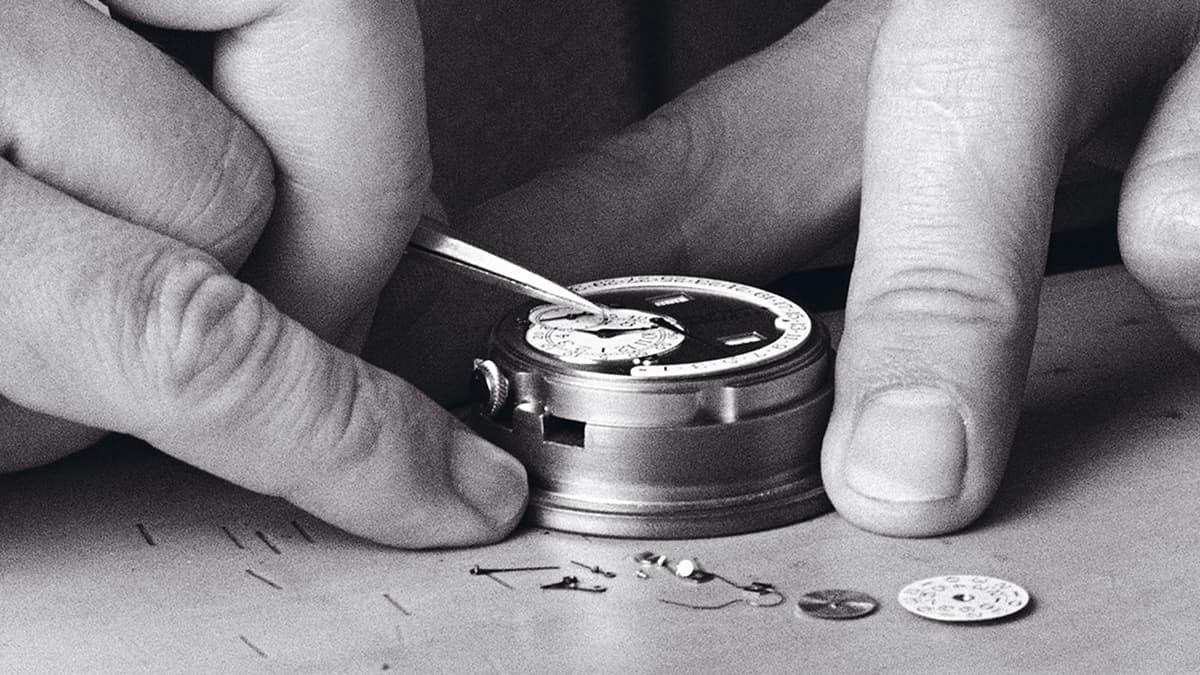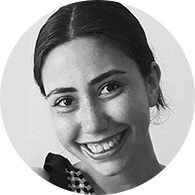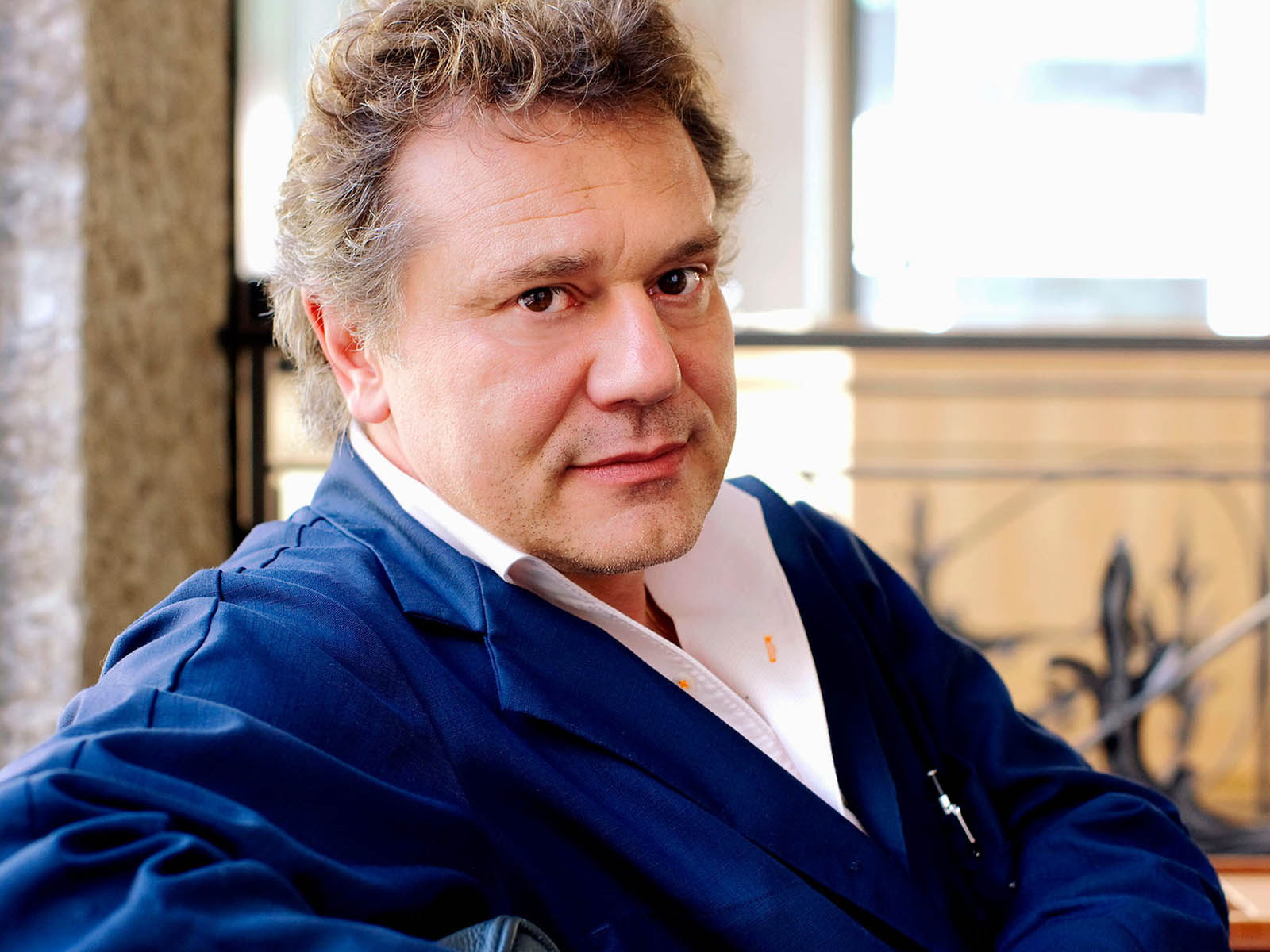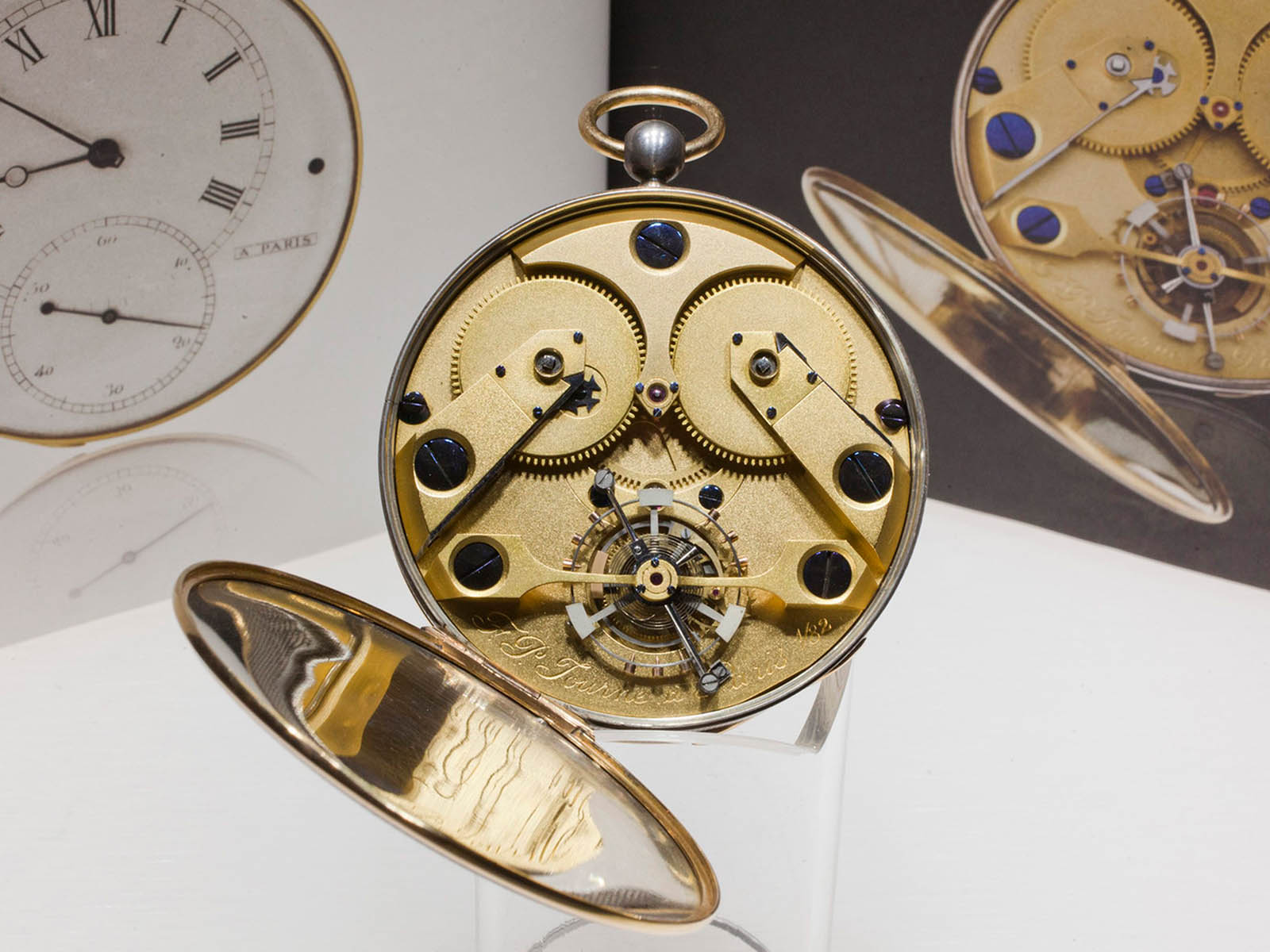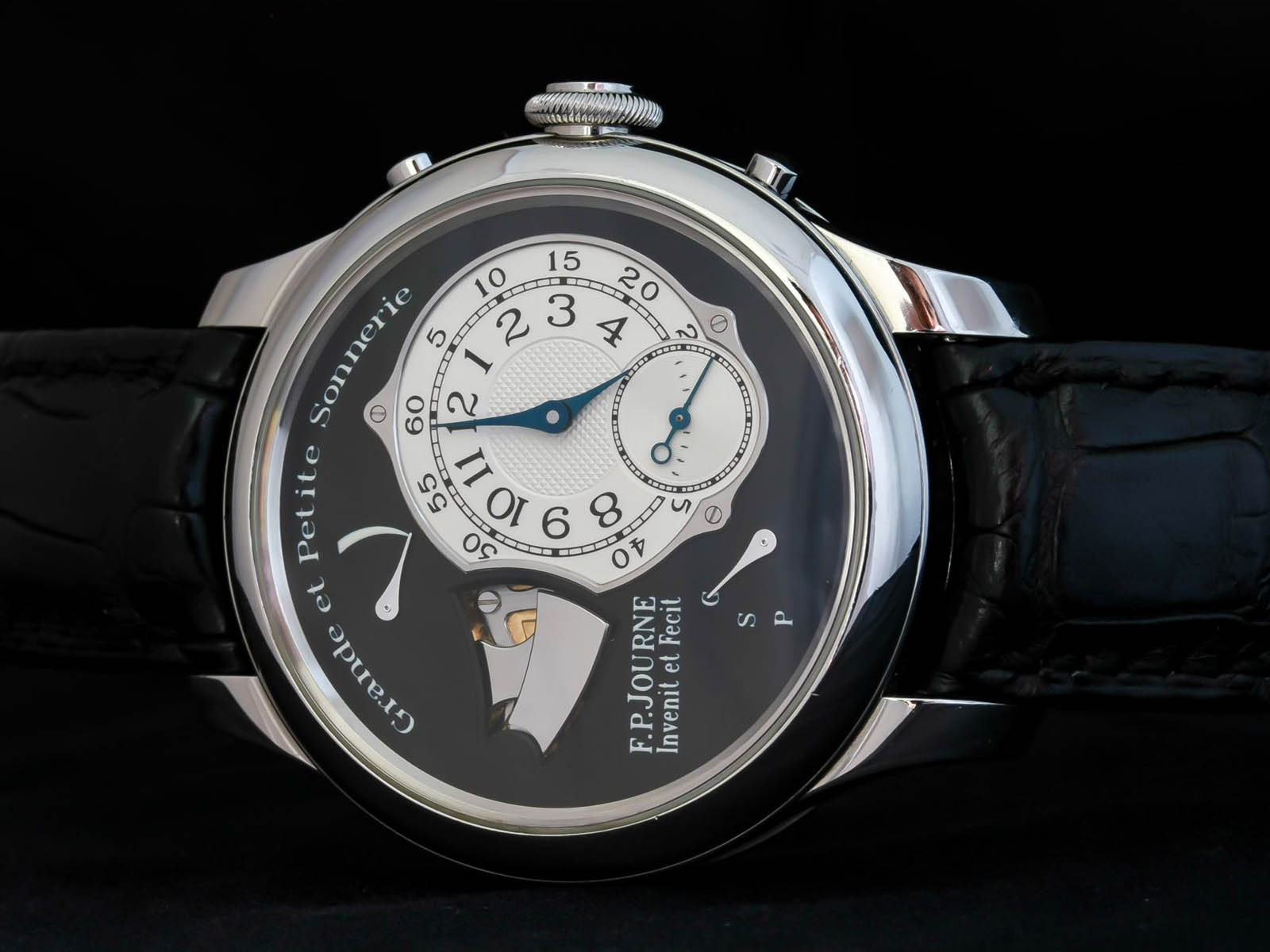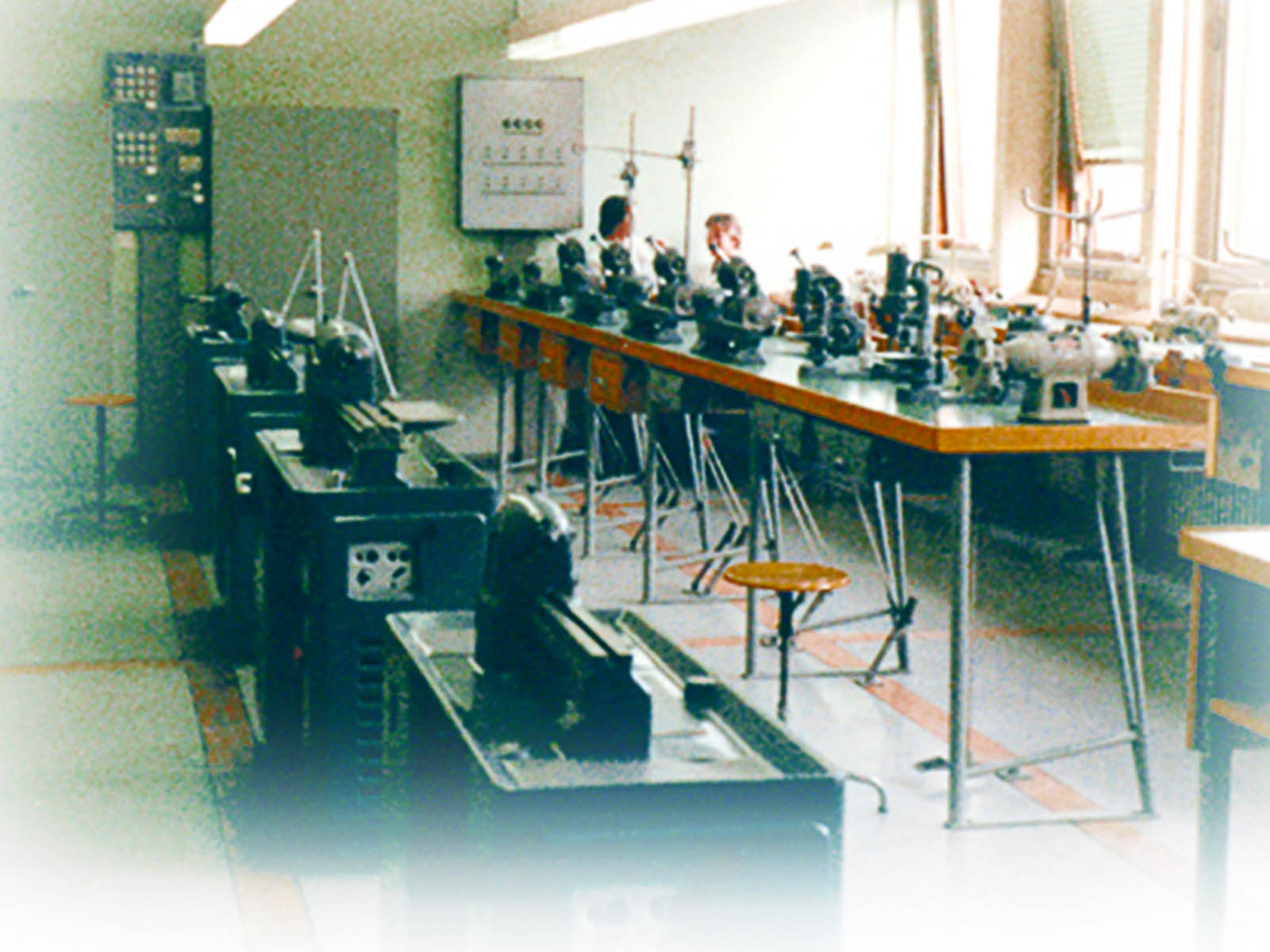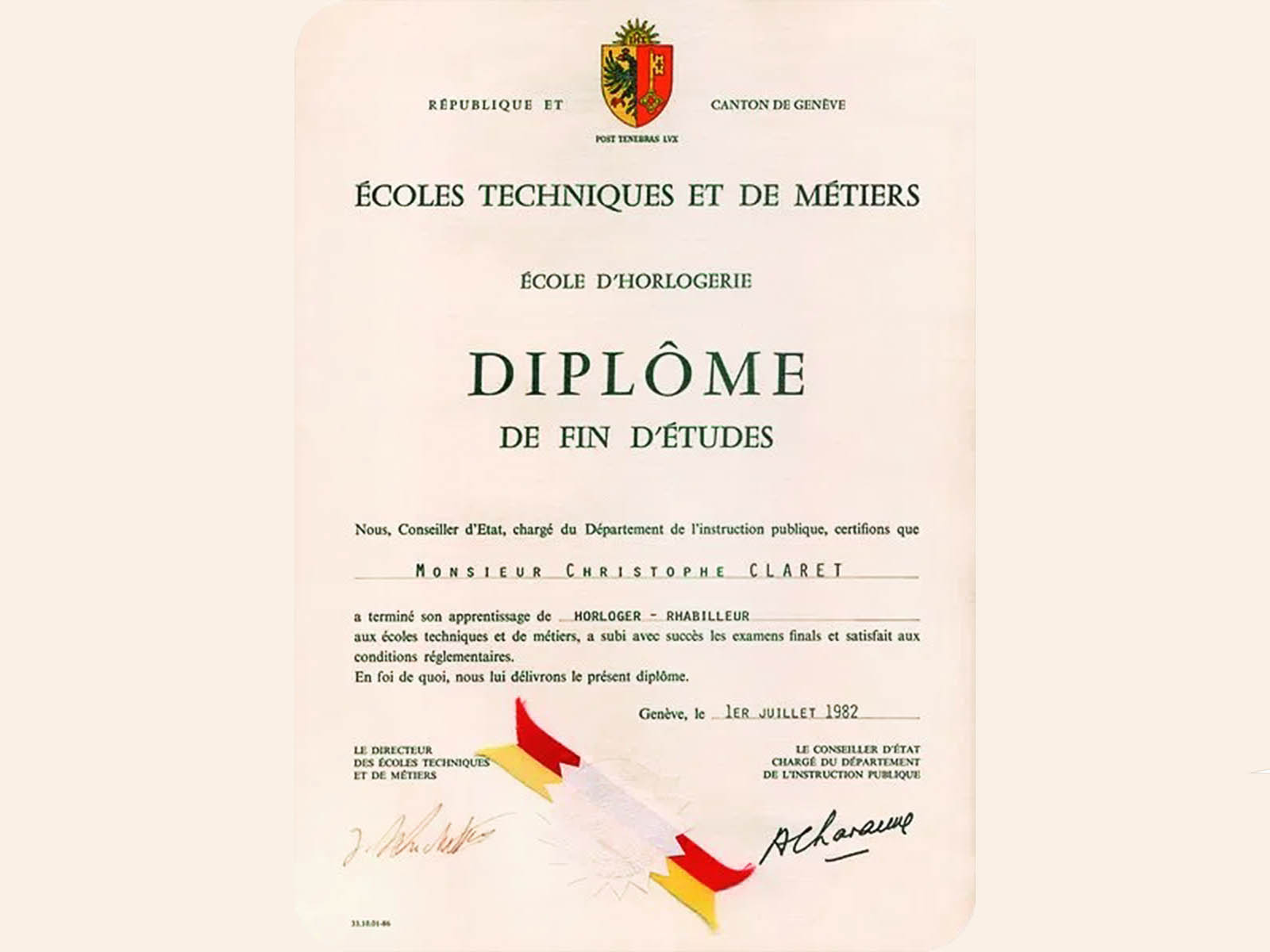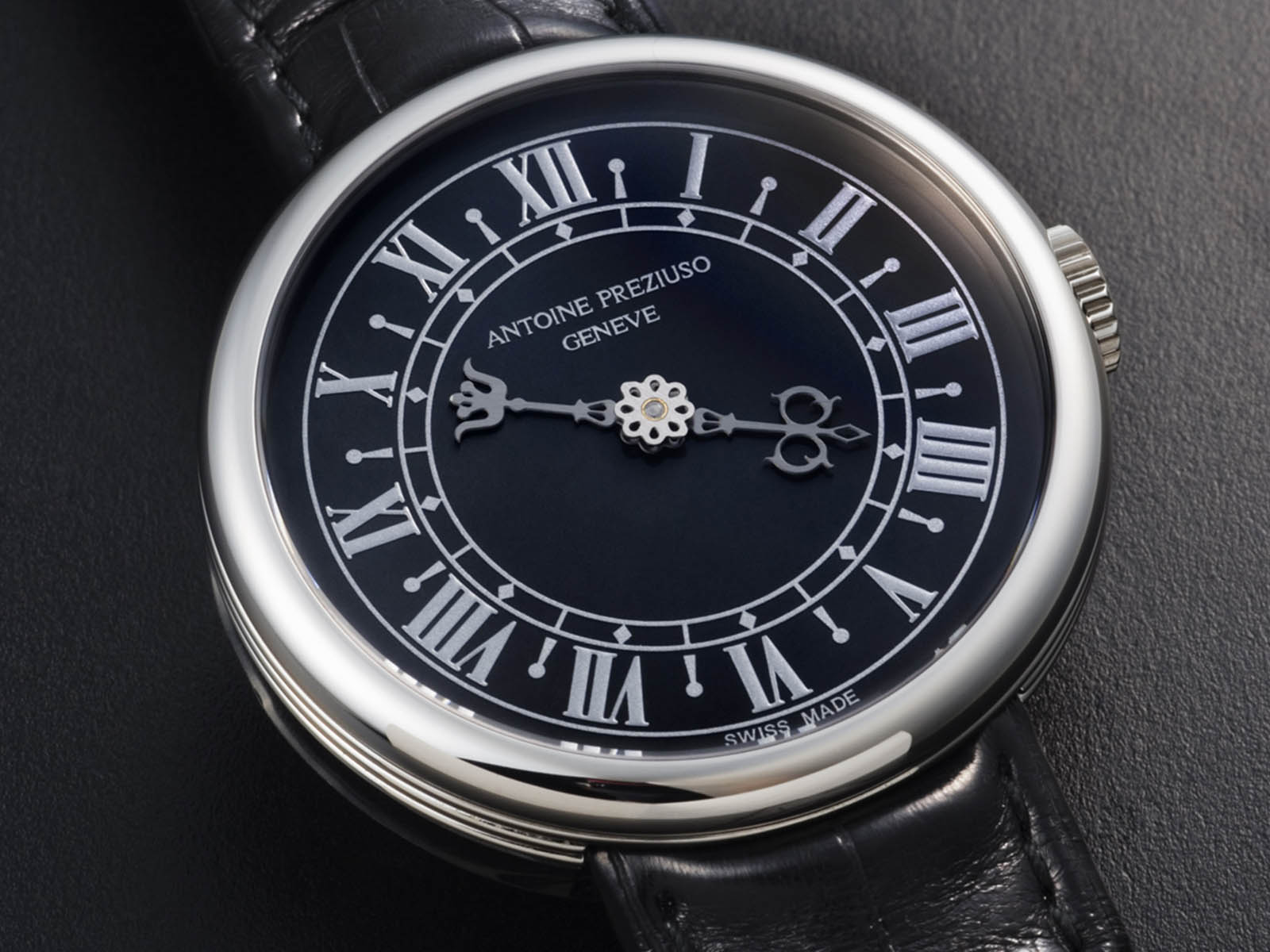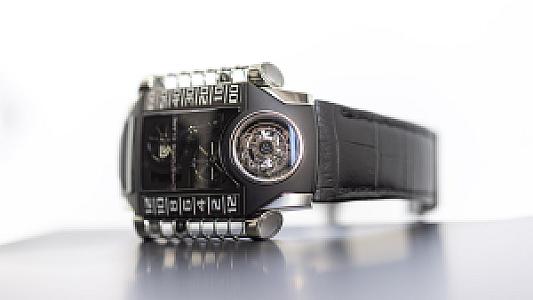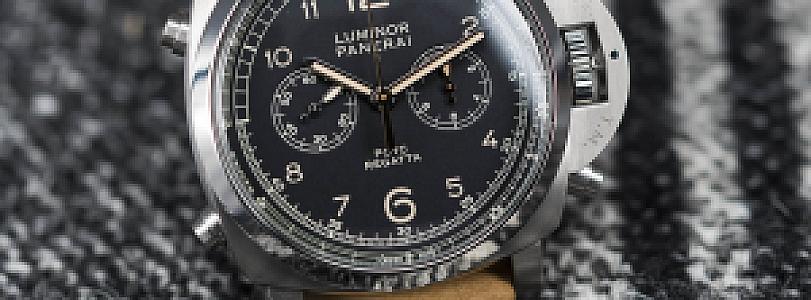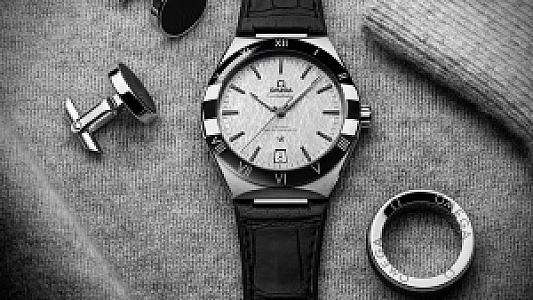Only 20 years ago, watchmakers worked in big brands and were overshadowed by big names. We wanted to know those important watchmakers better, which came out of those shadows and became well known personally.
Many talented watchmakers show their skills under brands like Patek Philippe, Audemars Piguet, Rolex, A. Lange & Söhne and IWC. In addition to all these, some artisans are progressing more deeply but with solid steps, even though we do not always see their names everywhere, we closely follow the works of those whom we are interested in. We picked three of those names and took a close look at their story.
François-Paul Journe
François-Paul Journe, the creator of the independent F.P. Journe brand, is a little more known than the other watchmakers we will be giving information about. Of course, his talent, technical intelligence and the tourbillons he made contributed greatly to this rightful reputation. The story of the watchmaker, who grew up in Marseille, France, begins with being sent to the school of watchmaking in Marseille at the age of 14, as he was not very successful at school. After 2 years, handful Journe was expelled. Later, he was sent to Paris with his uncle, and while he was studying watchmaking, he spent the rest of his time working in his uncle’s antique horology restoration workshop.
Influenced by the brilliant 18th-century watchmakers such as Antide Janvier, Abraham Louis Breguet, Ferdinand Berthoud, Journe completes his first watch at the age of 25. It takes 5 years to complete this pocket watch, each part of which is individually prepared by hand. For a while, Journe has developed movements for top Swiss brands with different complications and continues by creating his own brand.
Francois-Paul Journe says Sonnerie Souveraine is the biggest turning point in his career. The research for his most difficult and successful horological creation took 6 years. 10 patents, more than 500 components, and four months of assembly show how big the effort is.
Christophe Claret
Born in 1962, Christophe Claret, a French watchmaker from a wealthy and well-established family. His passion for horology began in 1976 at a watch repair shop, where he worked for more than a year, cleaning and maintaining the movements. Christophe Claret, who started the Geneva School of Watchmaking in 1978, set up a workshop in Lyon at the same time.
Claret’s graduation from the watchmaking school four years later, with only the “diploma” certificate awarded to the best students, signals that he will be among the best watchmakers of today. Claret, who worked with Roger Dubuis for 10 months and specialized in perpetual calendar watches, received orders from Ulysse Nardin’s then-owner and CEO, Rolf Schnyder, and founded Renaud Papi Claret (RPC) with Giulio Papi and Dominique Renaud. In 1991, Claret acquired the shares of Renaud and Papi and changed the name of the company to Christophe Claret SA. Christophe Claret has owned Soleil d’Or, located in the hills of Le Locle and used as a workshop, since 1999.
Watch lovers greeted Tourbillon Orbital, which came out of the skillful hands of the talented watchmaker in 2000, with interest. Equipped with a tourbillon regulator, this caliber (IO2000) rotates on its axis inside the case. The lateral power reserve that can be seen on the side of the case completes the movement as a final touch. The talented watchmaker, who continues his way by expanding his workshop with each passing day, is closely followed in the horology community with his models like DualTow, Adagio, Blackjack, Baccara, X-TREM and women’s watches.
Antoine Preziuso
Swiss watchmaker Antoine Preziuso has been producing watches under his own brand for almost 30 years. Preziuso’s passion for watches goes back. Growing up in a neighborhood where watchmaking was widespread in the 1950s, we can say that the watchmaker followed the path of his father. His father, who works for a watch company, teaches his son how to disassemble an alarm clock and a desk clock when he was little. With the influence of family and the environment, Preziuso, who started the Geneva School of Watchmaking and studied there for four years, met important figures like Gérald Genta and even expressed his wish to work together.
Working at Patek Philippe for two years, the watchmaker, who finished the school with the highest grades, experienced basic watchmaking techniques there. Antoine Preziuso, who decides he does not want to spend his life in a workshop, leaves behind both work and the city, but returns to Geneva after a while. He earns money by renewing old watches he bought from antique dealers and flea markets, but he does not stop designing watches. One of Preziuso’s oldest designs, inspired by tower clocks, Siena, is still in production today. The first big breakthrough is at the Baselworld fair when Japanese businesspeople place an order of 200 units.
The technical success of the watchmaker’s famous Tourbillon of Tourbillons not only belongs to Preziuso but also to his son Florian. Having completed his watchmaking education, Florian has been following in his father’s footsteps for a long time, and it seems that he will soon become famous in the world of horology as well.
